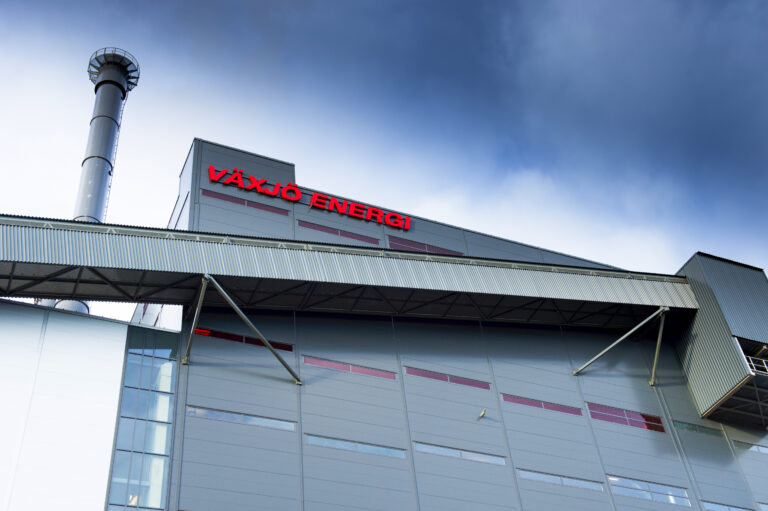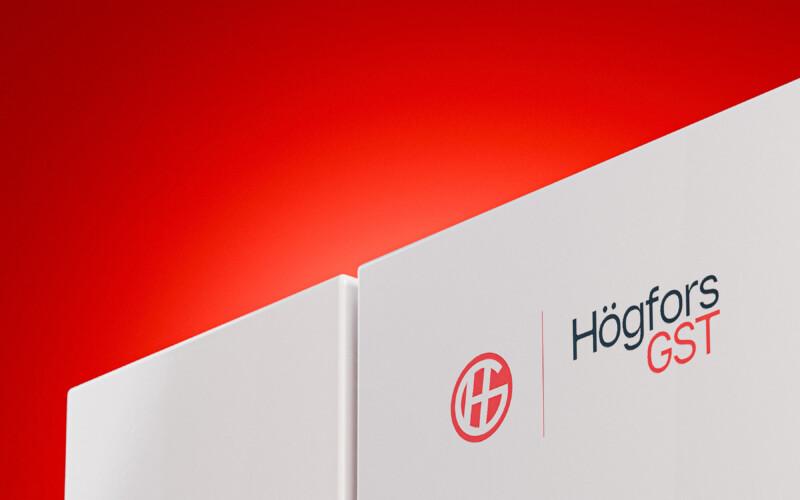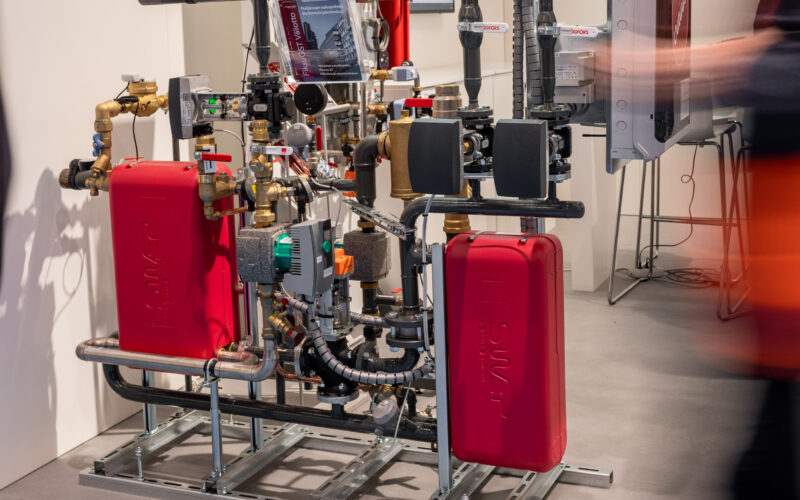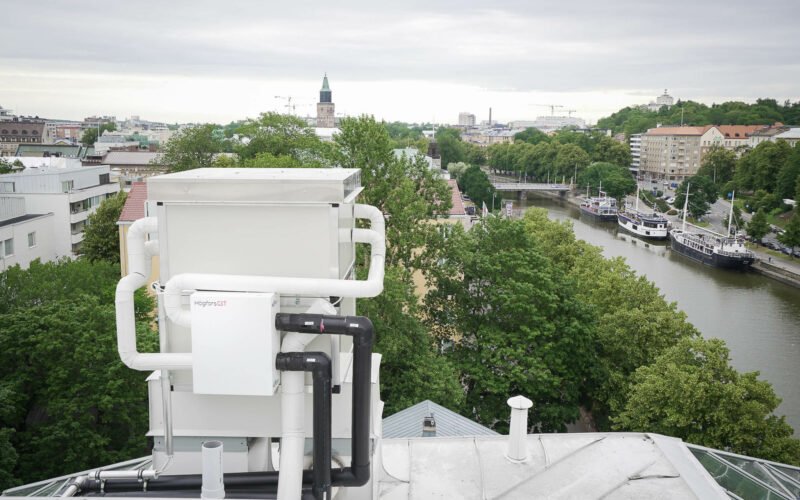Have you ever wondered how homes will be heated in the future when the age of fossil fuels has come to an end? In this blog, we present three sustainable substitutes for fossil fuels. All presented forms of energy are already being utilized in energy production.
What’s the situation now? What substitutes for fossil fuels are currently in use?
At the moment, about half of Finnish district heating is renewable heat, mainly produced by burning wood and biomass. The largest source of fossil energy is still coal, which will be banned in Finland in 2029. The energy sector is therefore rapidly trying to find solutions to replace efficient but extremely polluting coal. According to Antti Hartman, Managing Director of HögforsGST, the transition from fossil fuels to renewable energy is also economically feasible.
– The use of fossil fuels is becoming increasingly expensive due to legislative pressure. At the same time, the cost of renewable energy has fallen, so the trend curves for fossil and renewable energy sources are pointing in opposite directions. Heating is one of the largest sources of greenhouse gas emissions in the Nordic countries. Therefore, heating and energy suppliers play a major role in the fight against climate change.
1. Biofuels accompanied by waste
Wood fuels and other biomass are widely planned to be one of the substitutes for fossil fuels, especially the successor of coal in Finland. It is a renewable and domestic fuel that is available throughout the country. In addition, technology for biofuels is already widespread, with wood and other biofuels already accounting for more than a third of total district heating production.
However, increasing the use of wood and biomass is not entirely unproblematic, as experts are concerned about the sustainable use of wood fuel.
– We must increase the amount of wood and biomass in energy production, but in a sustainable way. Improving energy efficiency is an integral part of the solution, as it reduces the amount of fuel needed. District heating production cannot be based on burning wood alone, but other forms of energy are also needed, Hartman says.
The role of waste-to-energy plants has grown and will continue to grow in future energy production as more waste-to-energy plants are built and used more efficiently. In Finland, waste incineration has gained popularity in the last decade, but in the future more and more garbage bags will be recycled as district heating or electricity.
2. Potential of waste heat not yet harnessed
Waste heat is one of the most important substitutes for fossil fuels. It is an emission-free energy source of the future. According to a study conducted by AFRY, Finland’s probable technical potential of surplus heat would be approximately of 16 terawatt hours, which is almost half of annual district heating production. The entire amount probably won’t be fully utilized, but Antti Hartman believes that the utilization of waste heat will become more common in the future.
– The share of waste heat will certainly increase significantly. Huge amounts of waste heat generated in industrial processes could be recovered and utilized as renewable energy in the district heating network.
In addition to large industrial plants, waste heat can also be recovered from smaller sites. For example, waste heat from refrigeration equipment in grocery stores is being used to heat nearby buildings. When a consumer of district heating acts as a producer of district heat, we are talking about two-way district heating.
Waste heat generated in residential buildings should be used to heat the building alongside district heating, for example.
– HögforsGST’s HybridHEAT is a heating system that combines different forms of heating while saving energy and money. A typical example of a HybridHEAT is a combination of district heating and exhaust air heat recovery, but other variations are also becoming more common, Hartman says.
3. Heat pump plants produce heating and cooling
Large-scale heat pump plants enable energy production from a wide variety of sources. For example, the Katri Vala heat pump plant in Helsinki produces district heating and district cooling at the same time, using waste heat from wastewater, for example, as its heat source.
Heat pumping plants also enable sector integration, which is the interconnection of different energy networks. For example, excess electricity generated by wind power can be processed into heat energy by heat pumps. This is a way to produce emission-free heat.
There are currently large heat pump plants in Finnish cities like Turku and Helsinki. Heat pump plants specializing specifically in district cooling have been built by large lakes in Kuopio and Tampere, for example.
New innovations accelerate heating’s modernization and new substitutes for fossil fuels
The above-mentioned energy sources are already more or less used in domestic energy production. However, more means are needed and will be presented in more detail in our blog on future energy sources. How would district heat produced by synthetic gas or nuclear power sound like?






